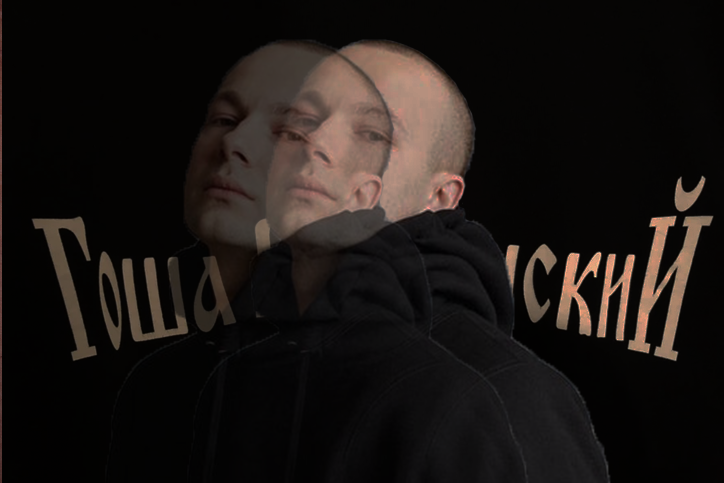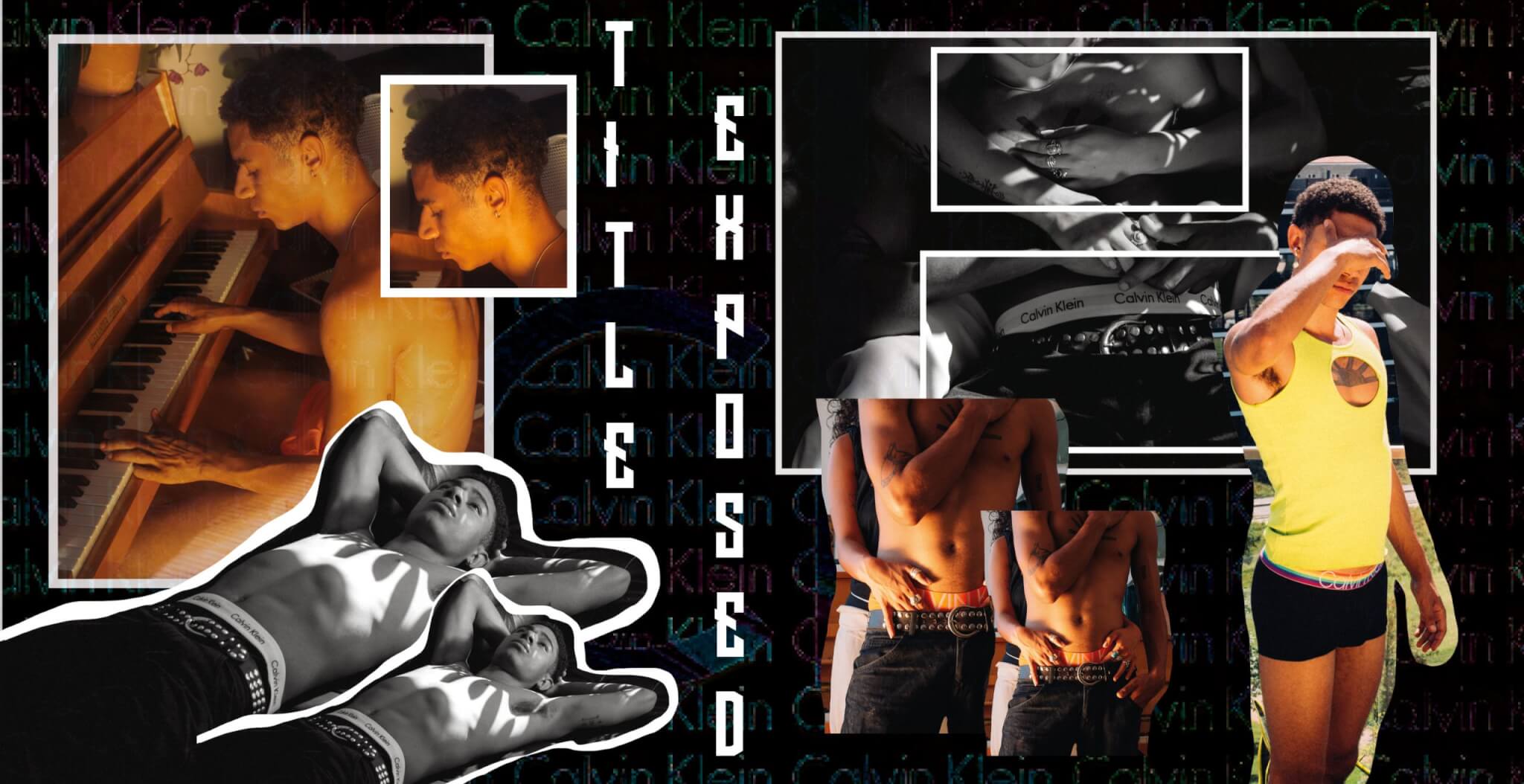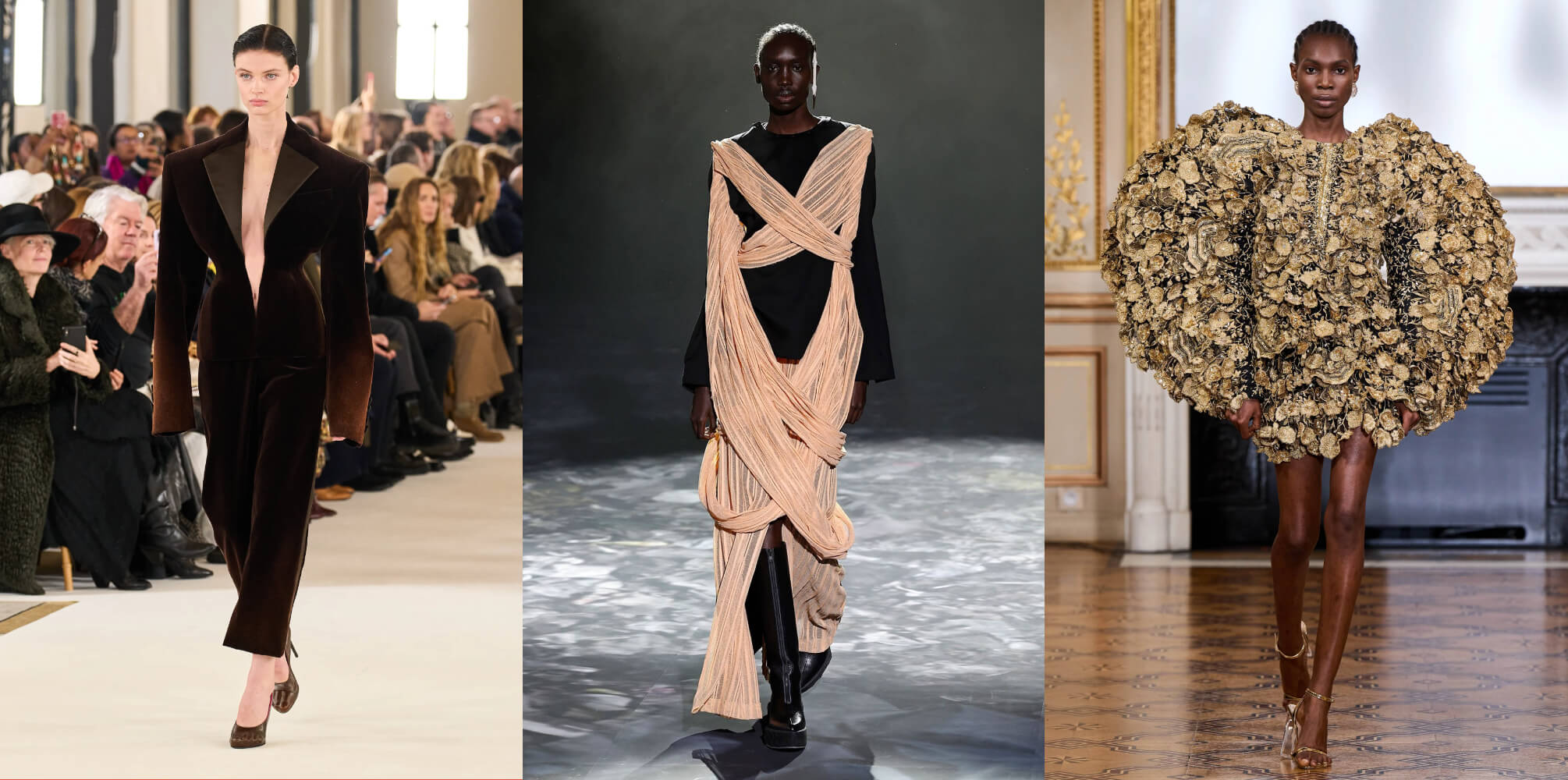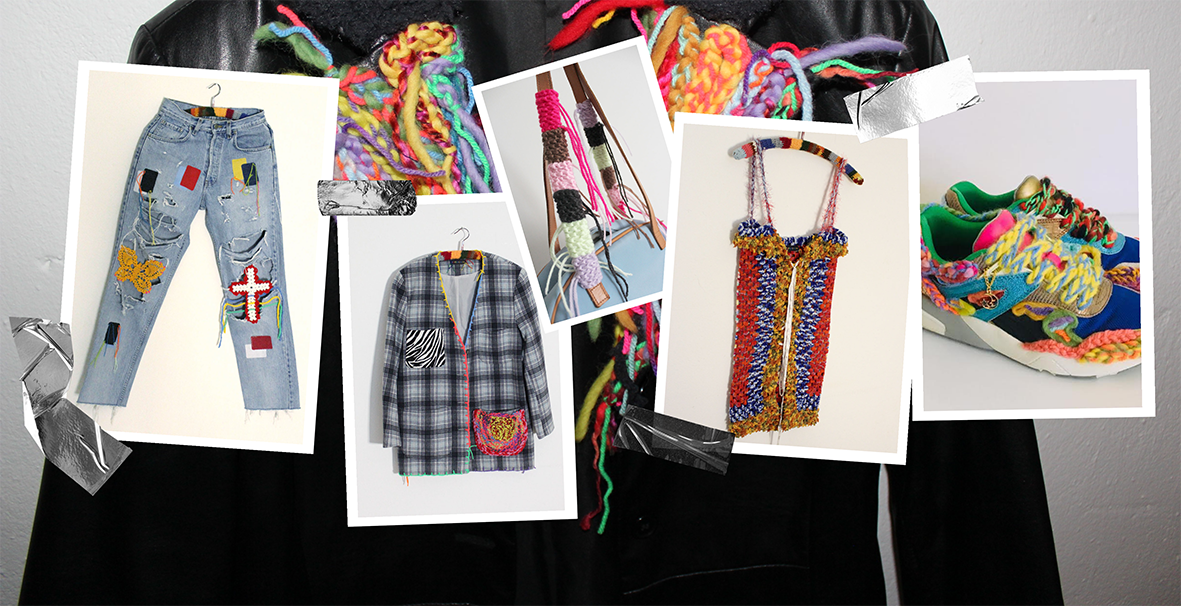Oversized sweater with large logo emblazoned on the chest plus loose-fitting sweatpants, sports socks and a pair of Adilettes. – At first glance, one cannot be sure whether this is the randomly thrown together style of an ignorant citizen in a post sowjet Moscow suburb or the next collection of the High-end Streetwear designer Gosha Rubchinskiy, who has put together this nostalgic picture precise and not at all unplanned. His almost affectionate play with the poverty and backwardness that permeated the Russian youth cultures influenced by the Soviet Union brought the 36 years old designer to worldwide fame and attention for the to this point inconspicuous culture of the Eastern Bloc youth.
Georgiy Aleksandrovich (short: Gosha) Rubchinskiy was born in Moscow in 1984. He was in his first year at school when the USSR collapsed. To the guardian he explained: “I was six, so I saw the last Soviet moments and the early Putin era.” He remembers the army shooting the government building, tanks rolling through the squares. But the biggest impact on this “quiet boy” who spent most of his time drawing, was what came after the collapse: fashion and culture, dancing in front of his TV to PartyZone, “which was like being in a club”, and zeitgeisty publications such as Ptyuch and OM, which laid down the blueprint for Russian lifestyle, music and culture in the way that the Face had done in Britain. “I am a product of these magazines. We all are.”
What is special about its development is the simple approach. In 2008 he founded his label ГОША РУБЧИНСКИЙ (cyrillic spelling for Gosha Rubchinskiy), his printed t-shirts he gave away mainly to friends. He produced only small quantities and could not meet the demand of larger customers with his production. When he was allowed to show in London at the Fashion Week, the worldwide fashion industry became aware of him. From that moment on, Gosha was able to design, besides many collaborations with the very brands that were withheld from the Post Soyvetian youth at that time. Adidas, Fila, Thrasher are just a few of them. His designs mirror the challenge youth faced before the collapse: how to be culturally engaged when commercial fashion was unavailable: “We knew about it, the brands, the logos – we just couldn’t get it”. Though Gosha wouldn’t define himself as a communist, or talk directly about Putin, he thinks there is some good in most ideologies and, regarding communism, he speaks of “the freedom and what it brought”. Equally, though, his interest is in reflecting what is having a referential moment in fashion – “although I’d say it’s more like Marxism and socialism. It’s all on the table.”With his fashion he also shows the search for new life identities of the young people who have to reposition and reorient themselves after the system upheaval. In addition, he always makes fun of the fashion interests of his fellow countrymen: “It’s also a bit of humour. I want to provoke people.”



























